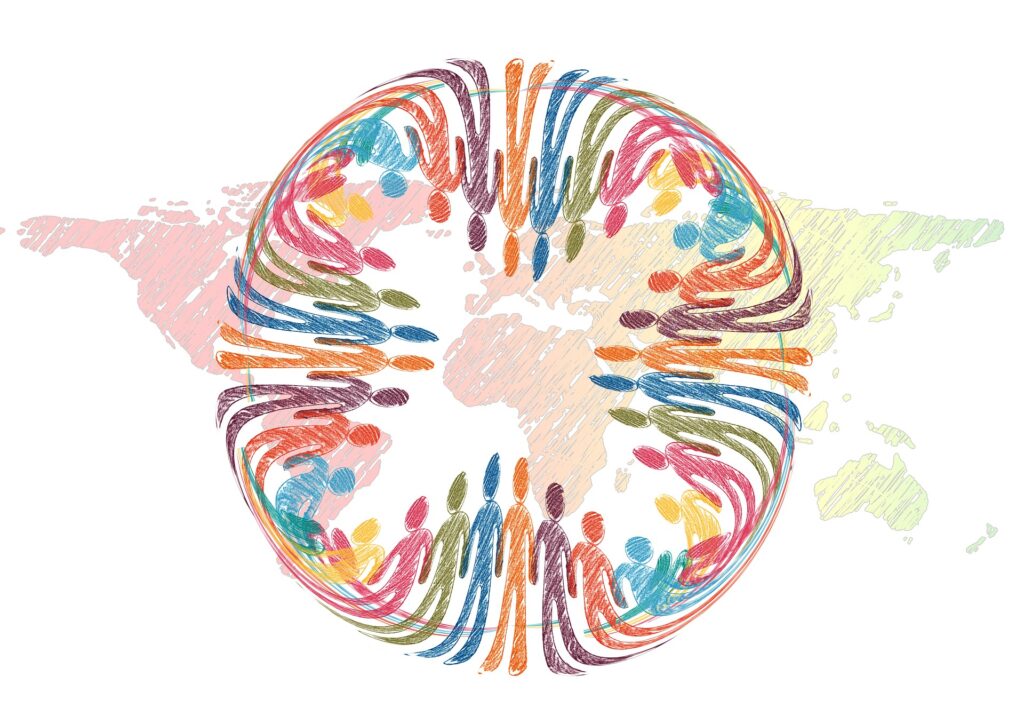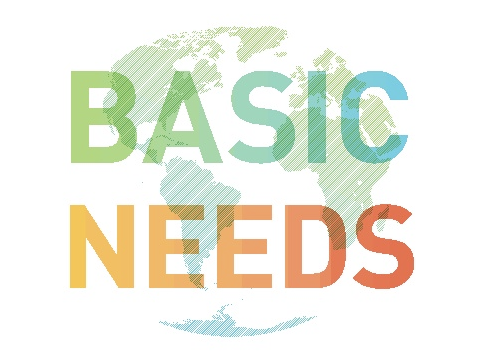
What are difficult conversations?
Difficult conversations are those where a real or imagined fear of addressing a serious matter is equal to or supersedes the issue itself. In the workplace, this could be mediating a conflict between colleagues, confronting allegations of misconduct, placing an employee on leave as a result of an investigation, and involuntary termination. Difficult conversations tremendously impact one or more of a person’s basic needs and can result in shame, embarrassment, feelings of incompetence, or anger. Although these immediate outcomes are all possible, they can be alleviated.
Address difficult conversations as soon as possible
Issues at work grow in scope and scale the longer they go unaddressed. They can even take on a life of their own. Coworkers and even customers and clients can feel rising tensions. This was of particular concern in the group home for youth I oversaw where clients were around 24/7. Residents overheard quarrels and took sides, making matters worse. This created a toxic work environment and derailed the program’s purpose. Immediately addressing issues minimizes this risk. It also builds employee trust. A quick and prudent intervention shows that management is both confident and competent in maintaining a harmonious, safe, and ethical workplace. It supports and validates those who live and breath your mission.
Document, document, document
Difficult conversations are usually preceded by one or more notable events worthy of documentation. Hindsight is 20/20. The trick is to have 20/20 foresight. The way to facilitate difficult conversations is to sense potential personnel issues before they reach critical mass. Address and document precursors. Take the warning signs seriously. It is imperative to document supervisions and warnings. Documentation provides evidence to support an impending difficult conversation. All parties should sign all documented conversations. Signatures acknowledge that a conversation took place.
Have a policy on staff conduct
Explicit rules and expectations on employee conduct and how personnel issues are addressed send a clear message that attitude and behavior matter to the organization and are enforced. My management and leadership experience was with unionized staff. Most managers shudder at the mention of a union. HR and the union helped me resolve personnel matters in accordance with a set of rules. Yes, I sometimes could not terminate unfit employees sooner than desired. At the same time, all employees felt safe knowing that there were clear procedures.
Be fair
There is nothing more important than when employees feel that they have been fairly treated. It reached the point where even my union steward felt I was sometimes too lenient. This was to my advantage. I have had the unfortunate task of involuntarily terminating staff and not one resulted in a grievance. On the contrary, most resulted in a parting handshake with no hard feelings. Some even thanked me for the opportunity as they walked out the door. Staff knew that if they were being let go–except in cases of gross misconduct where termination was immediate–that any of the following had previously occurred: supervision, previous warnings, EAP referral, corrective action, and collaboration between the union steward and management. In other words, there were no surprises and therefore little for management to fear.
Bring in a 3rd party
Include a 3rd party or observer when conducting difficult conversations. In my case, it was the union steward and my assistant director. As a manager I was not in the union, however, the union steward protected me as much as the employee. He became a trusted advisor in handling personnel issues. A 3rd party is recommended for several reasons. First, there is a witness in case of future litigation. Second is professionalism. The meeting can be debriefed and reviewed. The third is safety. If one is having difficulty advancing the conversation the other can take the lead role. In the event of a complete communication breakdown, the 3rd party can mediate or stop the meeting. In general, we are more likely to be on good behavior when we know there are witnesses.
It isn’t personal, it’s about the company
Leaders or managers who stand behind a clear purpose or mission have an easier time addressing difficult conversations because it is not personal. It’s about the company’s purpose. Having an overarching focus on something greater than the individual parties involved puts the matter at hand into perspective. It depersonalizes the situation. In my case, the program I led was responsible for the care and welfare of 20 at-risk youth. The program was situated in the middle of a residential area with friendly but wary neighbors. Trust was everything. All staff knew that any safety or security breach or conduct violation warranted a potentially difficult discussion. Employees were dedicated and passionate about helping young people. The program was well respected by the funding source, the company, and competing NGOs. Employees enjoyed working there as was evidenced by a staff retention rate 3 times higher than the national average.
More tips on handling difficult conversations
For additional practical tips on handling difficult conversations check out articles from Psychology Today and Forbes.
About the author
Jean-Pierre is a Human Systems Expert, Process Facilitator, Youth Specialist, and Speaker. He optimizes employee engagement and leadership potential by counseling leaders and enhancing group dynamics. He is the creator of the EPIC Model of development and the author of What You Can Learn from Your Teenager: Lessons in Parenting and Personal Growth.

